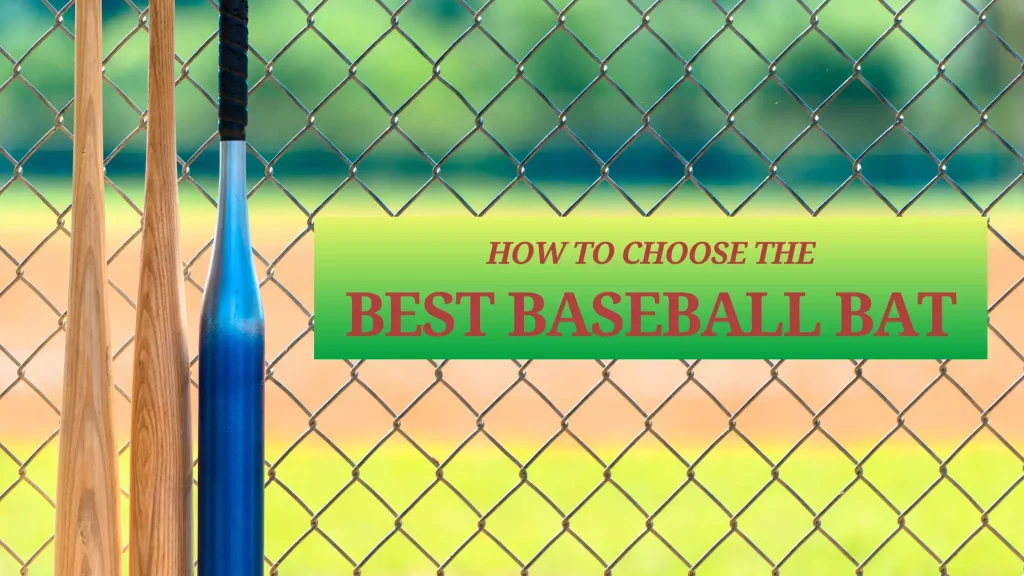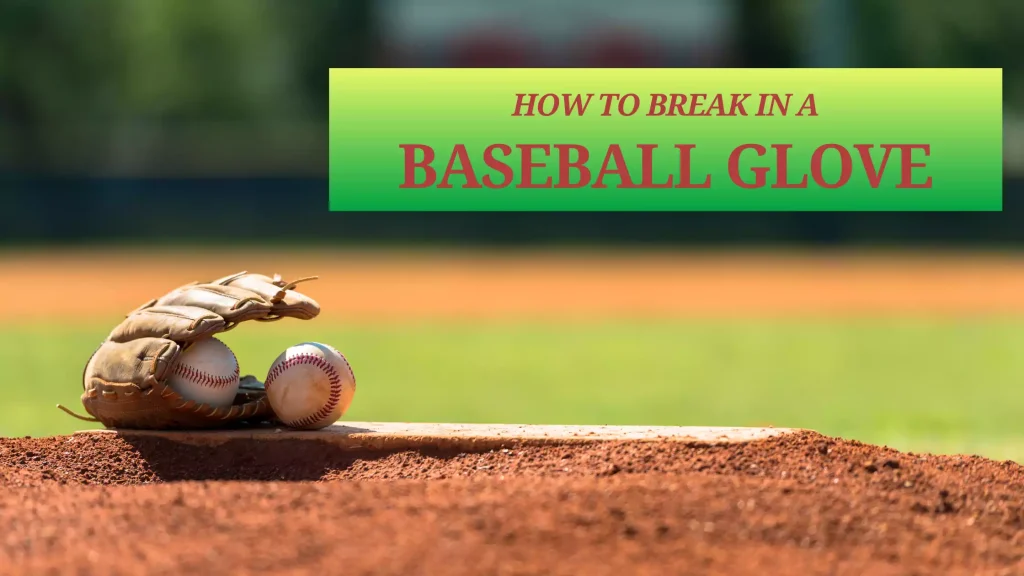When choosing the right baseball bat, several essential factors must be remembered to ensure comfort and performance. The right bat can improve your swing, increase confidence, and enhance your overall game. This guide will walk you through the key points to consider, including bat materials, regulations, and how to find the right size for you.
Overview
Choosing the right baseball bat isn’t just about picking the one that looks cool. It’s about finding a bat that fits your body type and swing style and meets your league’s requirements. The right bat can help you make solid contact, boost your power, and improve your technique. Here’s an easy guide to help you pick the best bat.
Types of Baseball Bats by Material
The material is one of the first things to consider when choosing a baseball bat. Each type of material has advantages that can impact how the bat feels and performs.
Wood Bats
Wood bats are the traditional choice and are still commonly used by professional players. They provide a natural feel and give you immediate feedback on your swing. With a wood bat, you need to make solid contact since the sweet spot is smaller compared to metal bats. However, wood bats are more likely to break, which can lead to higher costs over time.
Pros:
- Classic feel and feedback
- Helps hitters improve their precision
Cons:
- Less durable and prone to breaking
- Smaller sweet spot
Light Metal Bats (Aluminum)
Aluminum bats are popular for youth leagues and amateur players because they are durable and lightweight. These bats have a larger sweet spot, which helps players hit better with less effort. The lightweight design allows players to swing faster, leading to more powerful hits.
Pros:
- Lightweight and durable
- Larger sweet spot for easier hitting
- Improved swing speed
Cons:
- Doesn’t have the traditional feel of wood
Heavy Metal Bats (Composite/Alloy)
Composite and alloy bats are made from a mix of materials, which gives them better strength, durability, and overall performance. These bats offer reliable performance across the entire barrel and last longer than wood or aluminum bats. Many experienced players choose composite bats because they provide extra power.
Pros:
- Increased durability and consistent performance
- Balanced weight for better control
Cons:
- Usually more expensive
Choosing the Right Bat Size
A bat’s size, both in length and weight, is crucial to a player’s success. The right size allows the player to control their swing while producing enough power to hit the ball well.
Length of the Bat
The length of a baseball bat should match the player’s height for optimal performance. A bat that’s too long can make it hard to control, while one that’s too short may not offer enough reach to cover the plate. To find the right length, place the bat upright on the ground—it should reach the player’s hip but not go beyond it.
Here are some general guidelines for bat length based on player height:
- Players under 4’6”: 27” – 29” bat
- Players between 4’6” and 5’6”: 29” – 31” bat
- Players above 5’6”: 32” and up
Weight of the Bat
The weight of a bat affects both swing speed and control. A lighter bat gives you better control and faster swing speed, perfect for contact hitters. A heavier bat delivers more power but requires more strength to swing well.
Bat weight is measured by its “drop,” which is the difference between its length and weight. For instance, a 30-inch bat that weighs 20 ounces has a drop of -10. Youth bats generally have higher drops (-13 to -7), while adult bats usually have a -3 drop.
League Regulations and Barrel Sizes
The size and weight of bats are regulated based on the rules of your league.
Youth Baseball Bats
For youth players, USA Baseball and USSSA set the rules for bat usage. USA Baseball bats are commonly used in leagues like Little League and Pony League. They have a maximum barrel size of 2 ⅝ inches. On the other hand, USSSA bats permit a wider range of barrel sizes and weights for players aged 11 to 13.
High School and College Bats
For high school and college players, using BBCOR-certified bats is mandatory. These bats have a weight drop of -3 and a maximum barrel diameter of 2 ⅝ inches. They are designed to mimic the performance of wooden bats, ensuring fair play at advanced levels.
Balancing Comfort and Feel
While technical specifications are important, comfort and feel are the key factors in selecting a bat. Players should take practice swings or use the bat during batting practice to see if it feels right. A bat that is too heavy, awkward, or unbalanced can negatively affect performance.
Special Considerations for Youth, Teens, and Adults
Youth Players
For younger players, choosing a bat that is light enough for them to control but long enough to cover the plate is essential. A lightweight bat helps them develop proper swing mechanics.
Teen and Adult Players
As players grow and become stronger, they will move to heavier bats with lower drop weights. High school and college players typically use -3 bats, which require more strength but provide greater power.
Recap and Final Thoughts
Choosing the best baseball bat involves considering several factors, including material, size, weight, and comfort. Whether you’re shopping for a youth player or a seasoned high school athlete, selecting the right bat can significantly enhance performance on the field. Always check league regulations and take the time to test different options until you find the bat that feels perfect for your swing.
By taking these factors into account, you’ll be well on your way to finding the best baseball bat for your game!


